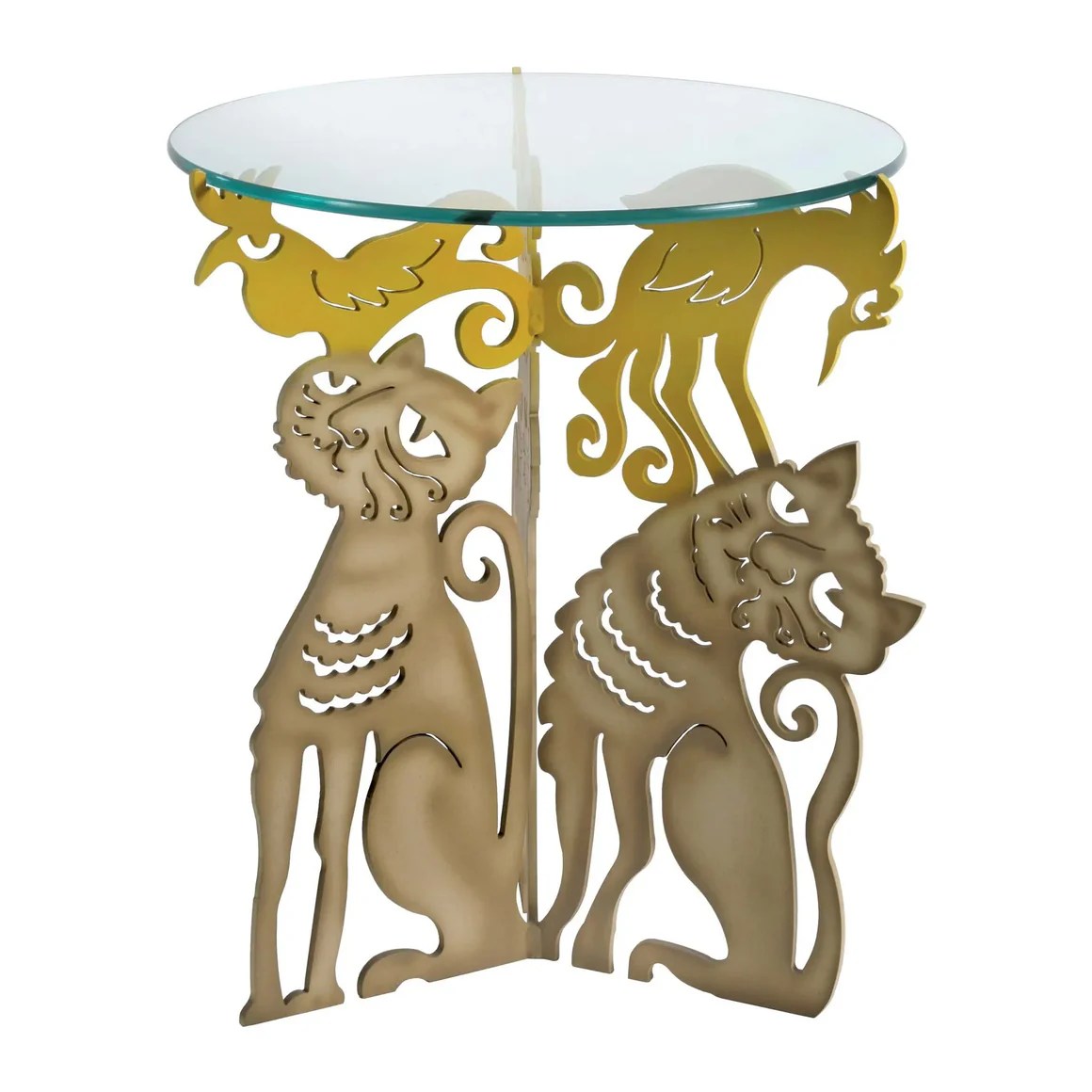Artisan Craft Show Furniture sets the stage for an exploration of handcrafted pieces, showcasing the artistry and skill involved in creating unique and functional furniture. These pieces, often made from reclaimed materials or employing traditional techniques, offer a compelling blend of aesthetics and practicality. The craft show setting provides a unique opportunity to interact directly with the artisans, learn about their processes, and find one-of-a-kind pieces to enhance any home.
From rustic farmhouse tables to intricately carved chairs, the variety of styles and materials represented at artisan craft shows is remarkable. Each piece tells a story, reflecting the creator’s inspiration and dedication. Whether you’re a seasoned collector or simply appreciate handcrafted goods, exploring artisan craft show furniture offers a rewarding experience.
Artisan craft shows offer a unique opportunity to discover handcrafted furniture pieces, brimming with character and quality that mass-produced items simply can’t match. From rustic farmhouse tables to sleek modern chairs, the variety is astounding. This comprehensive guide delves into the world of artisan craft show furniture, exploring its appeal, the craftsmanship involved, and how to navigate the selection process to find the perfect piece for your home.
Understanding the Appeal of Artisan Craft Show Furniture
The allure of artisan-made furniture extends far beyond its aesthetic value. It’s a tangible connection to the maker’s skill, passion, and often, a rich history. These pieces tell a story, reflecting the dedication and artistry poured into their creation. Here’s what sets them apart:
Uniqueness and Character:
Each piece is one-of-a-kind. No two items will be exactly alike, ensuring your furniture possesses a distinct personality that reflects your individual style. This uniqueness is a significant draw for many buyers seeking something truly special and unrepeatable. Unlike mass-produced furniture, you’re not buying a template; you’re buying a work of art.
High-Quality Materials and Craftsmanship:
Artisan furniture makers often prioritize using sustainable and high-quality materials like reclaimed wood, locally sourced timber, and durable fabrics. Their commitment to craftsmanship translates into pieces built to last, offering superior durability and longevity compared to mass-produced alternatives. This commitment to quality often extends to the details, with intricate joinery, hand-carved designs, and meticulous finishing.
Supporting Local Artisans and the Economy:
Purchasing artisan furniture directly supports local craftspeople and their communities. It fosters a sense of connection to the maker and contributes to the sustainability of traditional crafts and skills. By choosing handcrafted pieces, you actively participate in preserving artisan traditions and promoting ethical consumption.
Investment Value:
Well-crafted artisan furniture can appreciate in value over time, becoming cherished heirlooms passed down through generations. The uniqueness, quality, and story behind each piece contribute to its long-term value, making it a worthwhile investment beyond its initial cost. This makes it more than just a piece of furniture; it’s a legacy.

Types of Artisan Craft Show Furniture
The range of furniture styles represented at artisan craft shows is vast and varied. Here are some popular categories:
Wood Furniture:, Artisan craft show furniture
This is a dominant category, encompassing tables (coffee tables, dining tables, side tables), chairs (dining chairs, armchairs, rocking chairs), beds, dressers, and more. Different wood types (oak, cherry, walnut, maple, reclaimed wood) impart distinct aesthetics and durability levels. Look for intricate joinery techniques like dovetail joints, mortise and tenon joints, which are indicators of high-quality craftsmanship.
Metal Furniture:
Wrought iron, steel, and other metals are often used to create unique furniture pieces with an industrial or rustic aesthetic. These can range from simple shelving units to elaborate decorative pieces. Consider the finish and potential for rust or maintenance when selecting metal furniture.
Upholstered Furniture:
Artisans often create upholstered furniture using high-quality fabrics and traditional techniques. Look for pieces with detailed stitching, carefully chosen fabrics, and comfortable designs. Consider the fabric’s durability and ease of cleaning.
Rattan and Wicker Furniture:
These natural materials create lightweight and airy furniture, perfect for outdoor or indoor spaces. Look for tightly woven pieces with strong frames to ensure durability.
Navigating the Artisan Craft Show
Attending an artisan craft show can be an exciting but potentially overwhelming experience. Here are some tips to help you navigate the selection process:
Do Your Research:
Before attending, research the participating artisans and their work online. This helps you target specific styles and makers that align with your preferences.
Set a Budget:
Artisan furniture can be expensive, so setting a budget beforehand is crucial. This prevents impulsive purchases and helps you focus on pieces within your financial means.
Ask Questions:
Don’t hesitate to engage with the artisans. Ask about the materials used, the construction techniques, the piece’s history, and its care instructions. This allows you to assess the quality and understand the maker’s passion.
Inspect the Furniture Carefully:
Examine the piece thoroughly for any imperfections, damage, or signs of poor craftsmanship. Check for sturdiness, stability, and overall quality. Don’t be afraid to ask the artisan to demonstrate the functionality of moving parts.
Consider the Dimensions and Scale:
Measure your space carefully before making a purchase. Ensure the furniture fits comfortably and proportionally within your room.
Frequently Asked Questions (FAQ): Artisan Craft Show Furniture
- Q: How much does artisan craft show furniture cost? A: Prices vary greatly depending on the materials, size, complexity, and the artisan’s reputation. Expect to pay more than for mass-produced furniture, but the quality and uniqueness often justify the cost.
- Q: How do I care for artisan furniture? A: Care instructions vary depending on the materials. Always ask the artisan for specific recommendations. Generally, avoid harsh chemicals and excessive moisture.
- Q: How can I tell if a piece is truly handcrafted? A: Look for unique details, imperfections (which are often a sign of handcrafted work), and high-quality materials and joinery. Ask the artisan about their process and materials.
- Q: Where can I find artisan craft shows near me? A: Search online for “artisan craft shows [your location]” or check local event listings and community calendars.
- Q: Can I negotiate the price of artisan furniture? A: While not always possible, it’s polite to inquire about pricing and potentially negotiate, especially if you’re buying multiple items or are a repeat customer.
Finding Your Perfect Piece
Artisan craft show furniture offers a unique opportunity to acquire beautiful, durable, and meaningful pieces for your home. By understanding the appeal, exploring the various types, and following our tips, you can confidently navigate the craft show and find the perfect handcrafted furniture to enhance your living space. Remember to support local artisans and invest in pieces that will bring joy and value for years to come.
Resources:
- Example of a Local Artisan Craft Show Website (replace with relevant links)
- Etsy (for finding artisans online)
Call to Action (CTA)
Start your search for unique and handcrafted furniture today! Find a local artisan craft show near you and discover the beauty and quality of artisan-made pieces. Invest in a piece that tells a story and will last a lifetime.

Clarifying Questions
What materials are commonly used in artisan craft show furniture?

A wide range of materials are used, including wood (various types), metal, reclaimed wood, and even repurposed materials like old doors or windows.
How can I determine the quality of artisan-made furniture?
Examine the craftsmanship – look for clean lines, well-finished joints, and the overall sturdiness of the piece. Ask the artisan about the materials and construction techniques used.
Are artisan-made furniture pieces expensive?
Prices vary greatly depending on the materials, complexity, and the artisan’s reputation. However, many offer a range of price points to accommodate different budgets.
